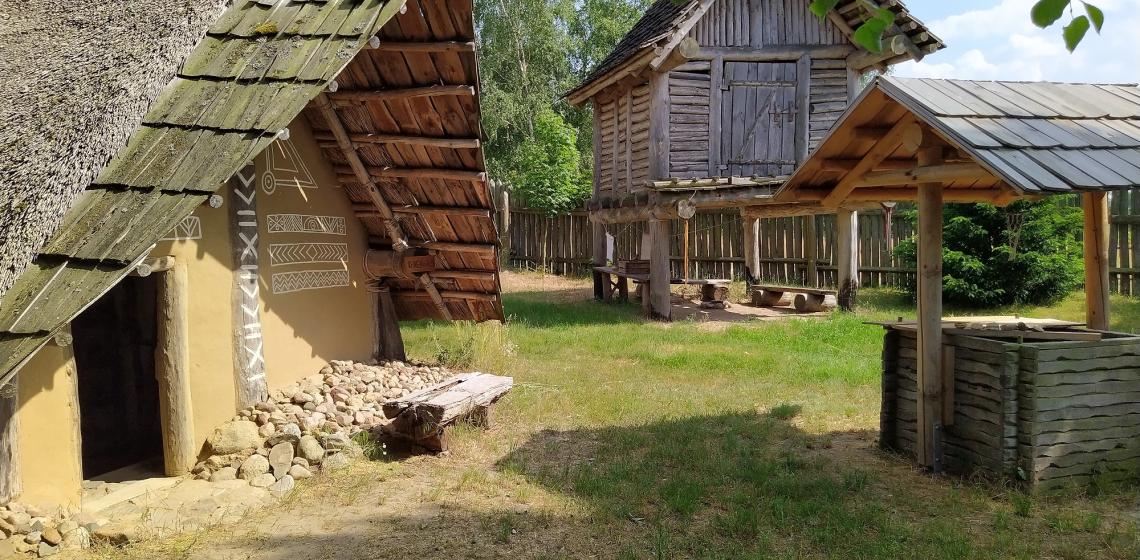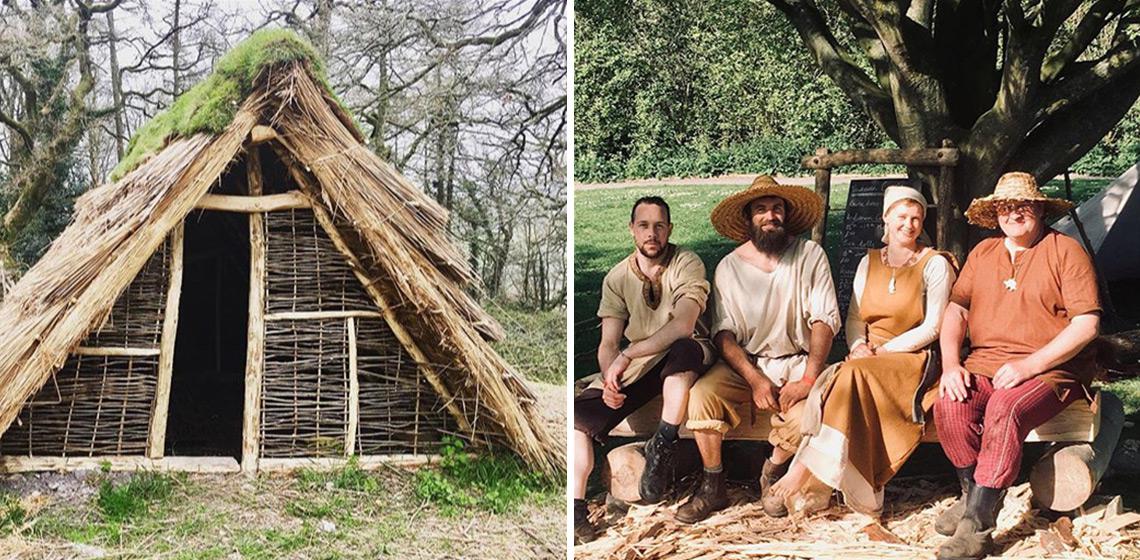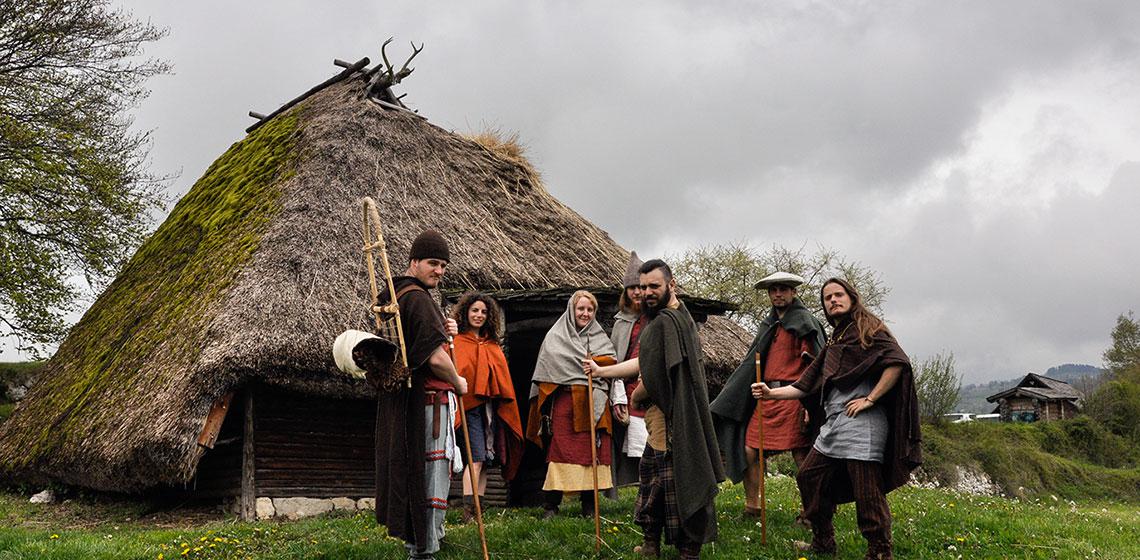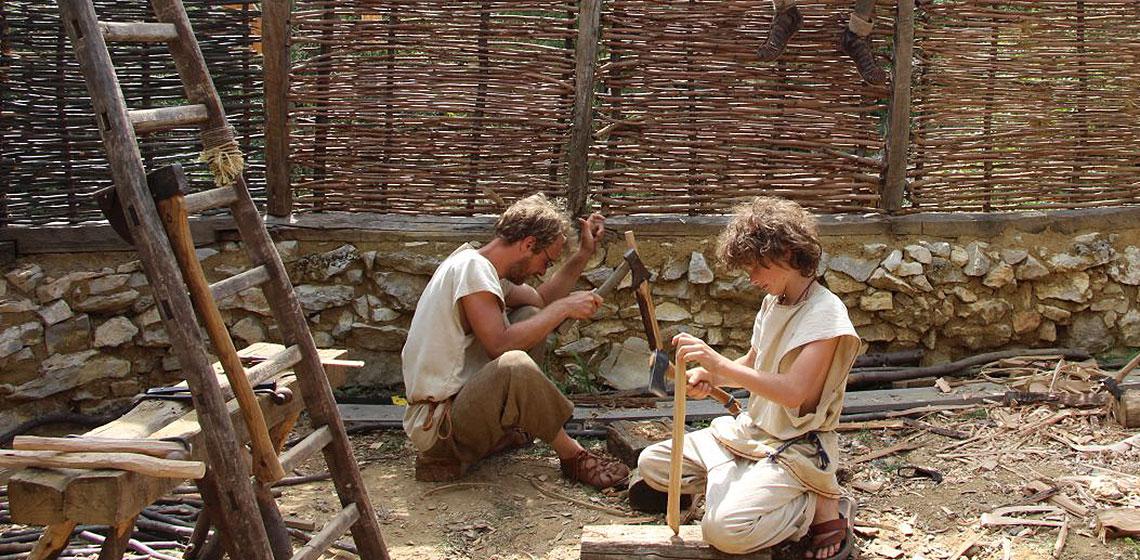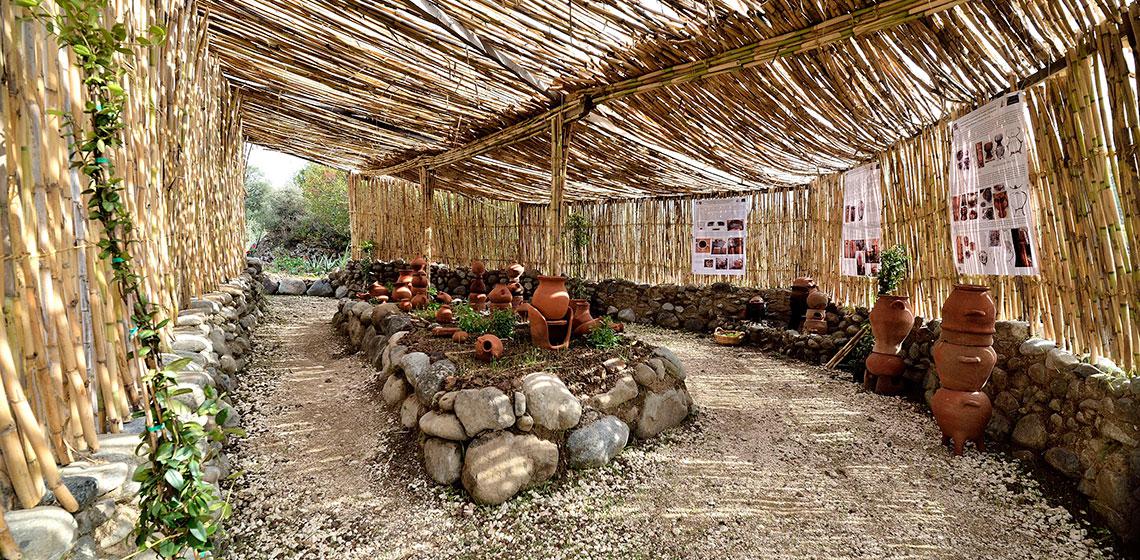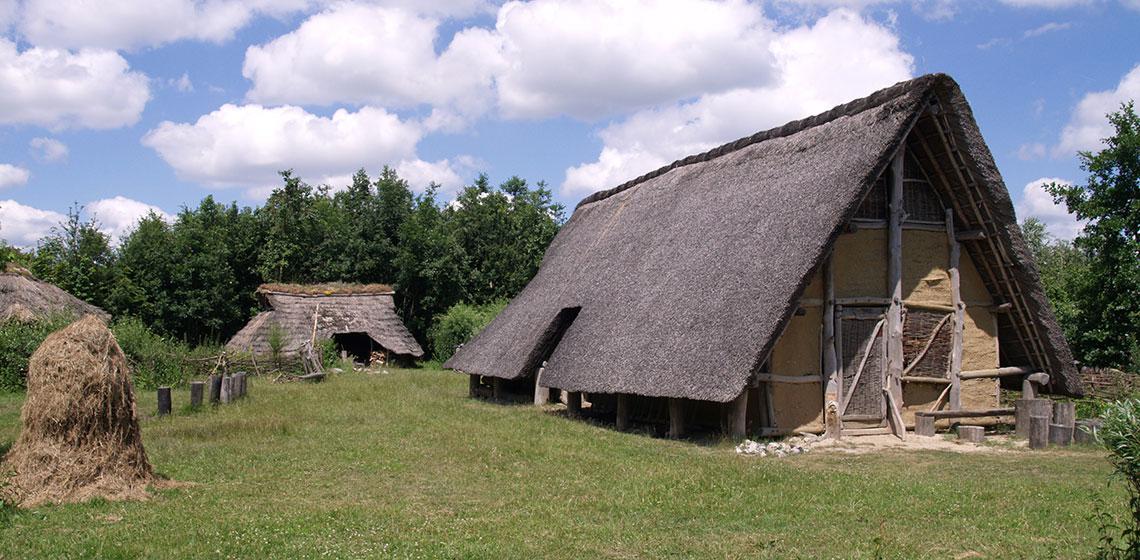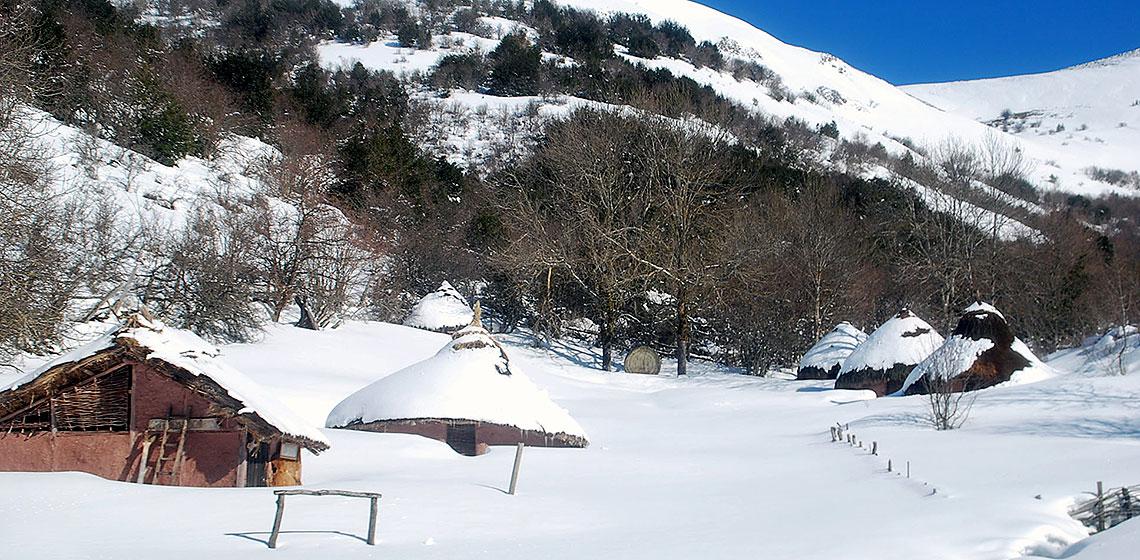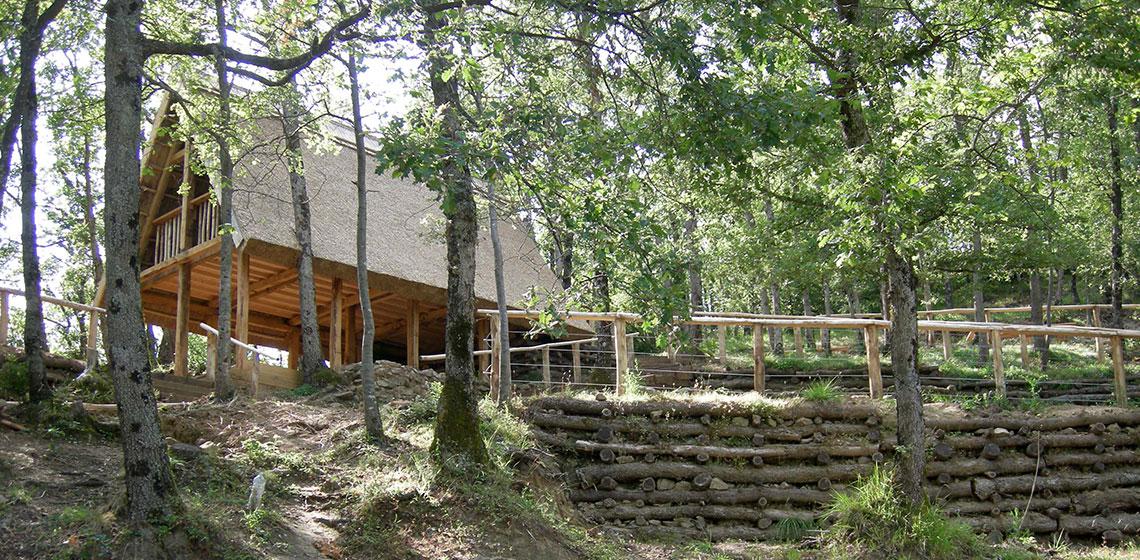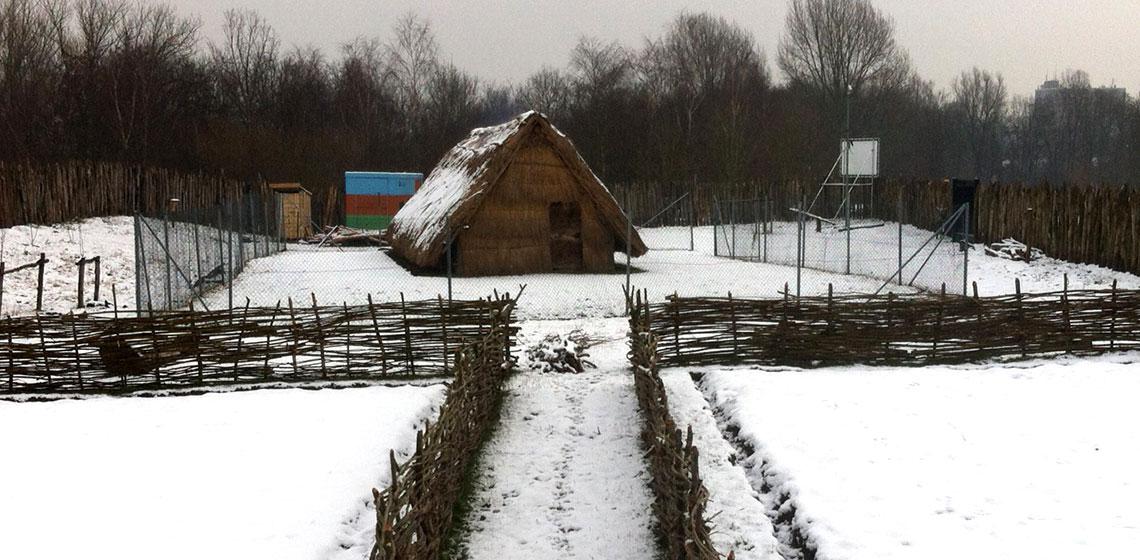Randa Ardesca - Archéosite d'Ardèche is an open-air museum which was founded in 2013 in the French department of Ardèche, and open to the public since 2014. It was founded by professionals of Living History, crafts, culture and communication, willing to have a permanent place to conduct experiments, and bring living history to the eye of the public to share their work and passion. Their project was to introduce to the public historical periods which are rarely, if ever presented in the other open-air musems of south-eastern France, namely the Late Neolithic/Chalcolithic, Bronze Age, Iron Age and Early Middle Ages, all based on archaeological records from the surrounding area. The project is now carried by a group of 16 co-presidents surrounded by volunteers.
The site's constructions are built with historical materials and techniques, most of the time in front of the public. Regularly, the site offers to anyone who wishes to partake in the adventure the occasion to join the building team, may they be experienced in historical construction or complete neophytes. These are crucial times of the year for us, allowing us to share the experience acquired over the course of the years, and to learn from people with different skillsets. This also make Randa Ardesca a very evolutive site, having each year something new to show the public.

